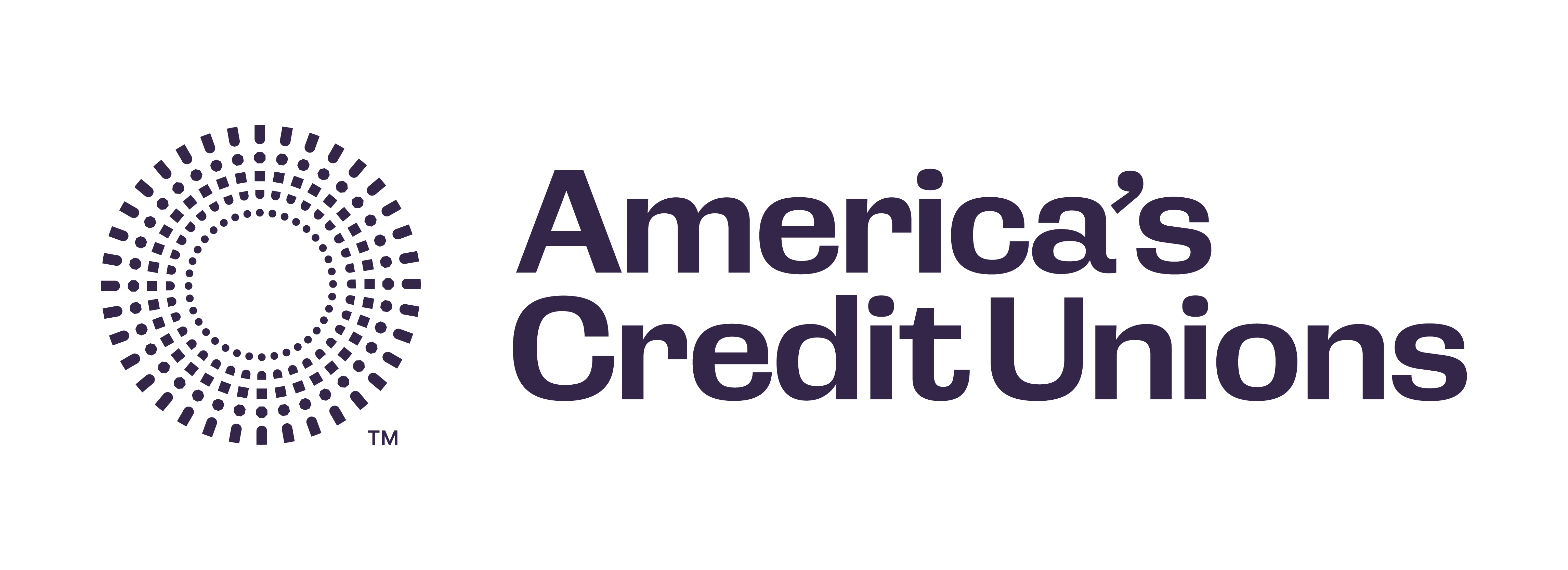Newsroom
February 09, 2015
CUs outperform banks in 4Q consumer credit
Credit unions expanded their consumer credit 3.1 percent in the fourth quarter of 2014, outperforming both banks and financial companies, NAFCU Director of Research and Chief Economist Curt Long said after analyzing data published by the Federal Reserve Monday.
For the month of December, total consumer credit increased an annualized 5.4 percent. Total consumer credit for credit unions increased 0.2 percent during that month as consumers took advantage of low interest rates, Long said.
Non-revolving credit, which is mostly motor vehicle and education loans, increased at an annual rate of 4.4 percent, while revolving credit, which is primarily credit cards, increased 7.9 percent in December.
"Non-revolving credit remained solid as consumers took advantage of low interest rates to purchase vehicles and as young adults pursued higher education," said Long. The Federal Reserve data also showed that revolving credit growth rebounded from November but still revealed that consumers are refraining from taking on excessive credit card debt.
November's total consumer credit was at 4.9 percent and saw a 5.8 percent increase in October (seasonally adjusted annual rates).
"As the labor market continues to strengthen, upward pressure on wages could increase consumers' willingness to take on credit card debt," Long said. For more, see NAFCU's Macro Data Flash report.
For the month of December, total consumer credit increased an annualized 5.4 percent. Total consumer credit for credit unions increased 0.2 percent during that month as consumers took advantage of low interest rates, Long said.
Non-revolving credit, which is mostly motor vehicle and education loans, increased at an annual rate of 4.4 percent, while revolving credit, which is primarily credit cards, increased 7.9 percent in December.
"Non-revolving credit remained solid as consumers took advantage of low interest rates to purchase vehicles and as young adults pursued higher education," said Long. The Federal Reserve data also showed that revolving credit growth rebounded from November but still revealed that consumers are refraining from taking on excessive credit card debt.
November's total consumer credit was at 4.9 percent and saw a 5.8 percent increase in October (seasonally adjusted annual rates).
"As the labor market continues to strengthen, upward pressure on wages could increase consumers' willingness to take on credit card debt," Long said. For more, see NAFCU's Macro Data Flash report.
Share This
Related Resources
Add to Calendar 2024-06-26 14:00:00 2024-06-26 14:00:00 Gallagher Executive Compensation and Benefits Survey About the Webinar The webinar will share trends in executive pay increases, annual bonuses, and nonqualified benefit plans. Learn how to use the data charts as well as make this data actionable in order to improve your retention strategy. You’ll hear directly from the survey project manager on how to maximize the data points to gain a competitive edge in the market. Key findings on: Total compensation by asset size Nonqualified benefit plans Bonus targets and metrics Prerequisites Demographics Board expenses Watch On-Demand Web NAFCU digital@nafcu.org America/New_York public
Gallagher Executive Compensation and Benefits Survey
preferred partner
Gallagher
Webinar
Add to Calendar 2024-06-21 09:00:00 2024-06-21 09:00:00 2024 Mid-Year Fraud Review Listen On: Key Takeaways: [01:16] Check fraud continues to be rampant across the country. Card fraud is affecting everyone. [04:31] Counterfeit US passport cards are just another new toolbox in the bad actors’ toolbox. [07:21] Blocking the fallback is the only way to defeat counterfeit cards. [11:17] The best way is constant education to your members in as many channels as you can. [13:02] We are still seeing overdraft lawsuits. Make sure the programming you have at your credit union matches what you have displayed for the members. Web NAFCU digital@nafcu.org America/New_York public
2024 Mid-Year Fraud Review
Strategy & Growth, Consumer Lending
preferred partner
Allied Solutions
Podcast
Add to Calendar 2024-06-21 09:00:00 2024-06-21 09:00:00 The Evolving Role of the CISO in Credit Unions Listen On: Key Takeaways: [01:30] Being able to properly implement risk management decisions, especially in the cyber age we live in, is incredibly important so CISOs have a lot of challenges here. [02:27] Having a leader who can really communicate cyber risks and understand how ready that institution is to deal with cyber events is incredibly important. [05:36] We need to be talking about risk openly. We need to be documenting and really understanding what remediating risk looks like and how you do that strategically. [16:38] Governance, risk, compliance, and adherence to regulatory controls are all being looked at much more closely. You are also seeing other technology that is coming into the fold directly responsible for helping CISOs navigate those waters. [18:28] The reaction from the governing bodies is directly related to the needs of the position. They’re trying to help make sure that we are positioned in a way that gets us the most possibility of success, maturing our postures and protecting the institutions. Web NAFCU digital@nafcu.org America/New_York public
The Evolving Role of the CISO in Credit Unions
preferred partner
DefenseStorm
Podcast
Get daily updates.
Subscribe to NAFCU today.
